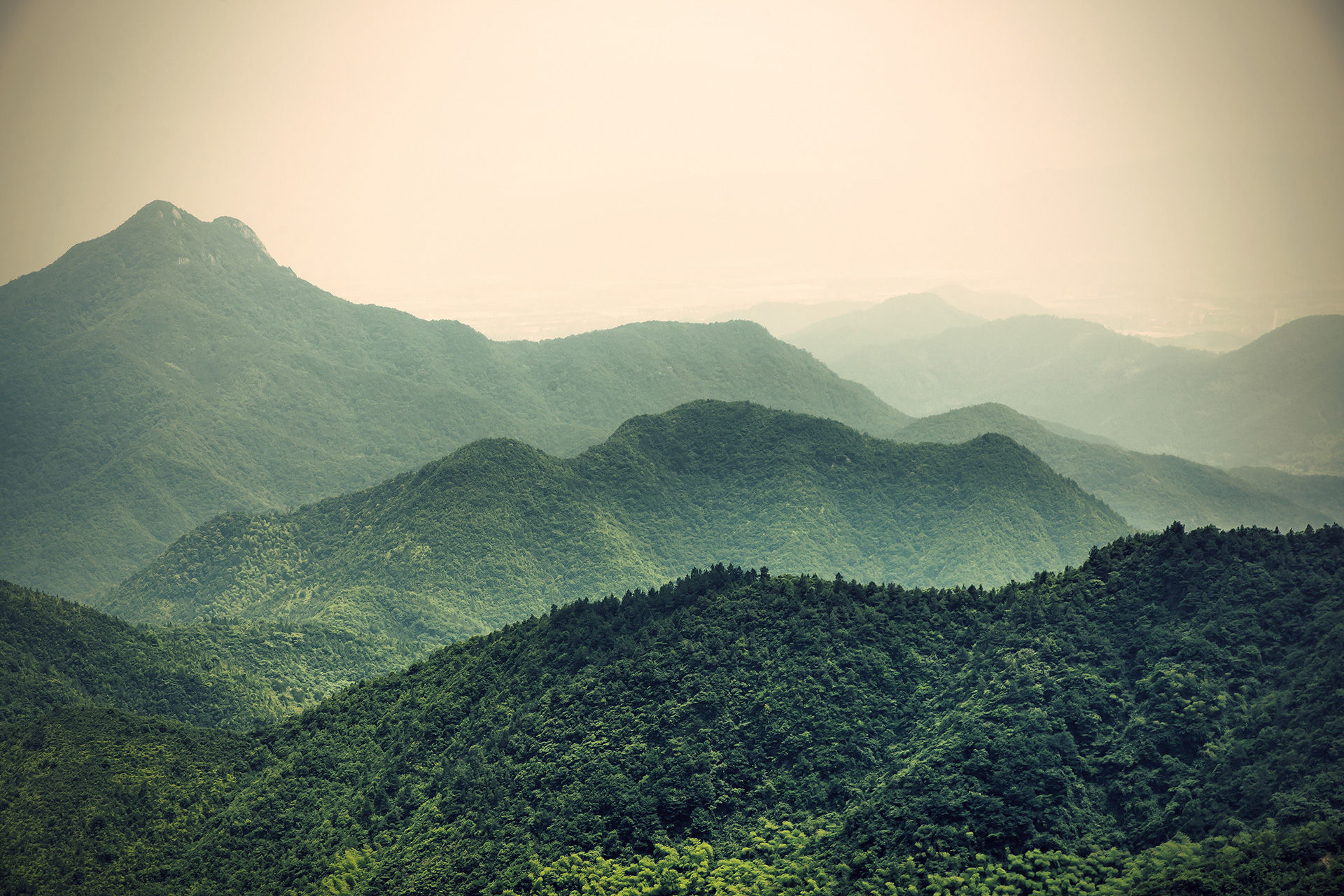The Non-Ordinary – Part XII: Connecting With Creativity – Three Dimensional Art
- Seeds For Thought
- Nov 25, 2020
- 2 min read

Bringing something to life, molding, shaping something you can literally get your hands or even arms around brings a sense of wonder at the power of creation, reality coming into being.
I’m not what you would call an artist, yet Clarrisa Pinkola Estes in her book The Creative Fire insists that we are all artists. In the spirit of that thought, even though my art may be unpracticed, I find that the Three Dimensional pieces I’ve created have a life-like quality with a unique power of interaction. A bejeweled guitar that my granddaughter and I worked on one summer sits in the corner of my office speaking in muted but lovely tones in its silent voice. A paper mache mask that I created last month smiles at me through the paste and paint. Does being Three Dimensional make the art piece more real, more alive?
Michael Angelo’s masterwork “David”, according to the website www.michaelangelo.net is “considered one of the greatest depictions of the human form,” and is “groundbreaking” in its “technical skill and imaginative symbolism.” The article notes that “Michaelangelo saw a sculpture as the art of taking away something rather than adding to it (as painting adds to a blank canvas) – in essence he was trying to bring into existence the form beneath the stone block in front of him” perhaps freeing something that had a life of its own, something non-ordinary.
Michael Angelo’s piece “David” is over 500 years old. The human relationship with Three Dimensional art goes back much, much further. It is ancient and at the same time profoundly fresh and relevant and – as with all authentic expressions of art, it is where we find a truthful expression of self.
In China, on the banks of the Yazi River, near the Nanxing Township, the archeological site Sanxingdui (Three Mounds) has produced artifacts that are dated from the 12th- 11thcenturies BCE. These include thousands of gold, bronze, jade and pottery artifacts. The bronze works of male figures, animal masks and sculptures are considered by some scholars to be more outstanding than the Terracotta Army sculptures of Xi’an. https://en.wikipedia.org/wiki/Sanxingdui
More recently, contemporary artist Raku Inoue’ who is based in Montreal Canada, uses various parts of plants to create images of insects and other animals. His Three Dimensional work is meticulous and breathtaking. He uses his creative gift to call attention to the ecological dilemmas we are facing all around the world, perhaps bringing to life the non-ordinary to speak into our everyday lives.
A function of creativity, according to Clarissa Pinkola Estes, is its ability to enable us to discover aspects of ourselves in the shadow of our unconscious. And she notes that as we do, the amalgamation of those discovered parts is the power of transformation.
What do you sense is unique about Three Dimensional art?
Writing Prompt for the Week: The Undiscovered Parts of Me


Comments